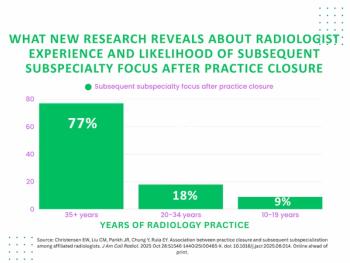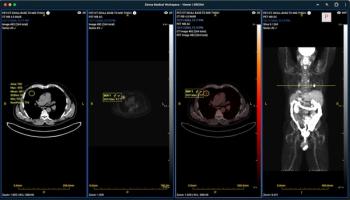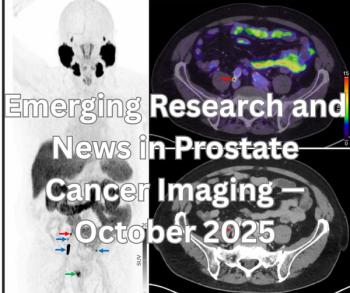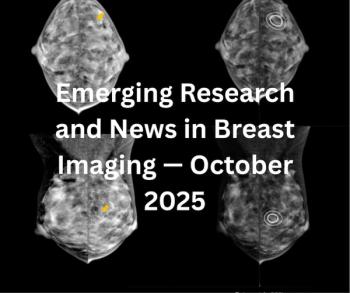
Does More Spending on Breast Cancer Screening Mean Better Detection?
Analyzing whether rising costs of early breast cancer screening, like mammography, lead to better detection rates.
Detection rates of early stage breast cancer (ESBC) remain unchanged despite increase in breast cancer screening costs, according to an article published in
Researchers from Yale University in New Haven, Conn., investigated changes in breast cancer screening and associated costs among women over the age of 65 and analyzed changes in cancer stage and incidence rates.
Two cohorts of women who were part of the Surveillance, Epidemiology and End Results (SEER)-Medicare database were followed for two years. None of the women had a history of breast cancer. The first cohort (2008 to 2009) comprised 137,150 women (mean age 76.0) and the second cohort (2008 to 2009, after the introduction of the new screening modalities) comprised 133,097 women (mean age 77.3).
The researchers found that the use of digital image acquisition for screening mammography increased from 2.0 percent in 2001 to 2002 to 29.8 percent in 2008 to 2009, while computer-aided detection (CAD) use increased from 3.2 percent to 33.1 percent in the same period. The associated screening-related costs per capita increased from $76 to $112 and screening-related costs in the Medicare program rose from $666 million to $962 million. Despite this rise in screening use and costs, a statistically significant change in detection rates of early stage tumors was not observed: 2.45 versus 2.57 per 1,000 person years.
"Longer follow-up data with regard to stage-specific incidence, cost, and patient reported experiences relating to both screening and treatment are needed in order to inform decisions about screening Medicare beneficiaries for breast cancer," the authors concluded.
An accompanying editorial reviewed the findings and the issue of rising screening costs versus breast cancer detection rates. “Using breast imaging registries or organized screening programs will be particularly important for comparing the effectiveness of new technologies, such as tomosynthesis to digital mammography in community practice,” the authors wrote.
Newsletter
Stay at the forefront of radiology with the Diagnostic Imaging newsletter, delivering the latest news, clinical insights, and imaging advancements for today’s radiologists.






























